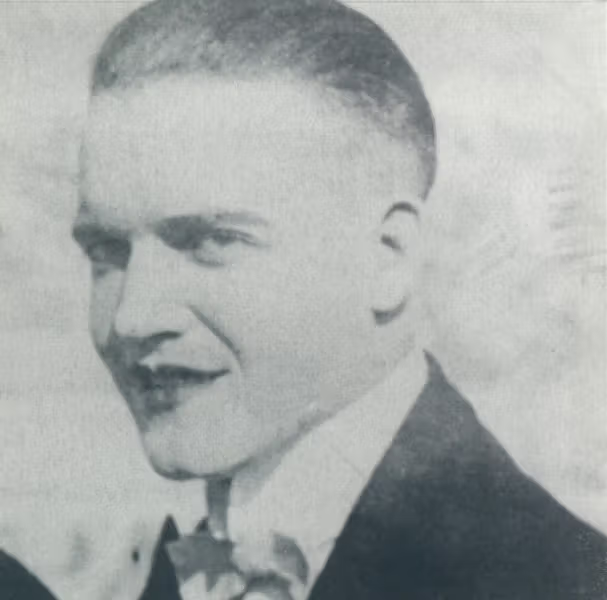An Introduction to "Lovesick Blues"
Immerse yourself in the rich tapestry of American music history with "Lovesick Blues" by Emmett Miller. This 1920s song, with its heartfelt lyrics and melodious tune, is a timeless classic that continues to resonate with audiences even today.
The Cultural and Historical Context of "Lovesick Blues"
Released in 1925, "Lovesick Blues" became a pivotal piece in the evolution of American music. Emmett Miller's stirring vocals, backed by his band The Georgia Crackers, introduced a unique blend of blues and jazz that helped shape the burgeoning country music genre. As a 1920s song, it's a testament to the rich cultural heritage of the era.
An Interesting Fact about "Lovesick Blues"
Did you know that this song was actually not a big hit during its initial release? It was only after Hank Williams Sr. covered "Lovesick Blues" in 1949, that it surged in popularity, topping the Billboard charts for 16 consecutive weeks! This solidified its status as a classic and proved the timeless appeal of Miller's composition.
Cover Versions of "Lovesick Blues"
Over the decades, "Lovesick Blues" has seen numerous cover versions, demonstrating its enduring influence on the music scene. The most famous rendition is undoubtedly by Hank Williams Sr., but other artists such as Patsy Cline and Glen Campbell have also offered their unique interpretations, further extending the track's legacy.
The Enduring Relevance of "Lovesick Blues"
Why does this piece continue to captivate audiences almost a century later? The answer lies in the universal themes of love and longing woven into the lyrics of "Lovesick Blues." Furthermore, Emmett Miller's emotive delivery adds a timeless quality that transcends eras. Its profound cultural impact is evident in the countless artists it has inspired, securing its place in the annals of American music history.

Comments (0)